The annual festival of music, film, innovation and ideas, South By Southwest (SXSW) has concluded for the year. What’s the forecast for luxury brands based on the presentations and discussions? Our correspondent Lillian Pontius-Goldblatt shares her top three takeaways from SXSW 2019 on the future of luxury.
takeaways from SXSW 2019 on the future of luxury
South by Southwest has become a hub for for brands from across the globe talk about what is happening in their industries. Luxury brands, large and small, come to discuss innovations in products and services for consumers and industry professionals looking for the next big ideas in fashion, beauty, travel, food, beverage and beyond. Here are three of those ideas to keep an eye on in the coming year.
1. 3D Printing Goes Upscale
a start in architecture and industry
Jenny Wu has created innovative, high-end commercial, residential and decorative architecture around the world. Over the past 15 years, her practice, Oyler Wu Collaborative, with husband and business partner Dwayne Oyler, has made a mark on their hometown on Los Angeles and beyond.
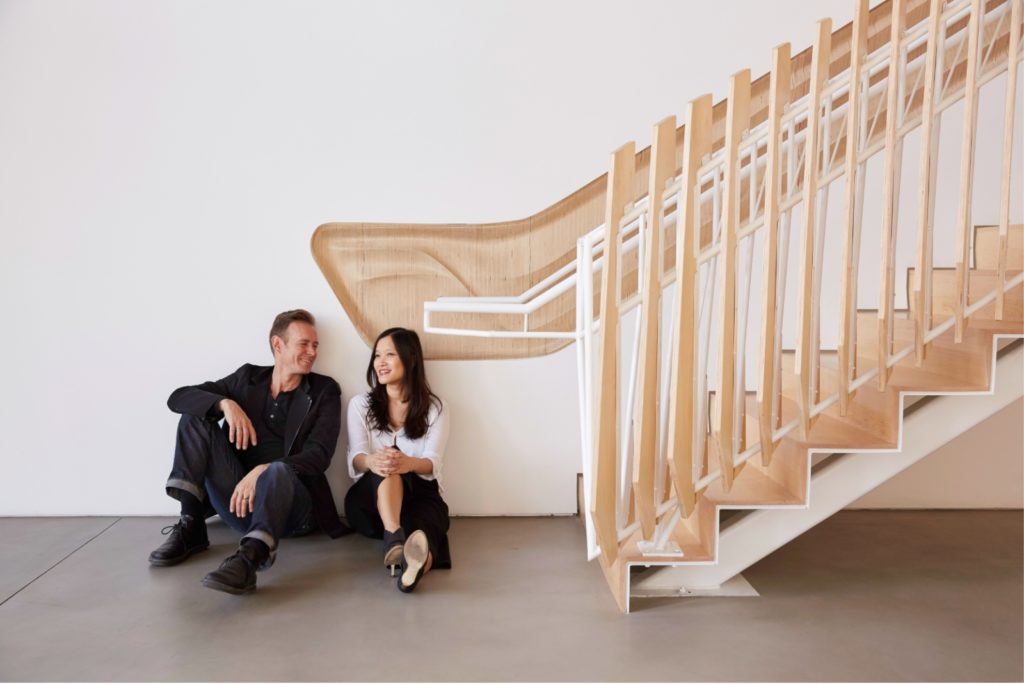
Oyler Wu Collaborative
the move to luxury jewelry
More recently Jenny launched LACE by Jenny Wu, a luxury jewelry line created with 3D printing technology. Using the tools of her trade Jenny has created beautiful and unique pieces.
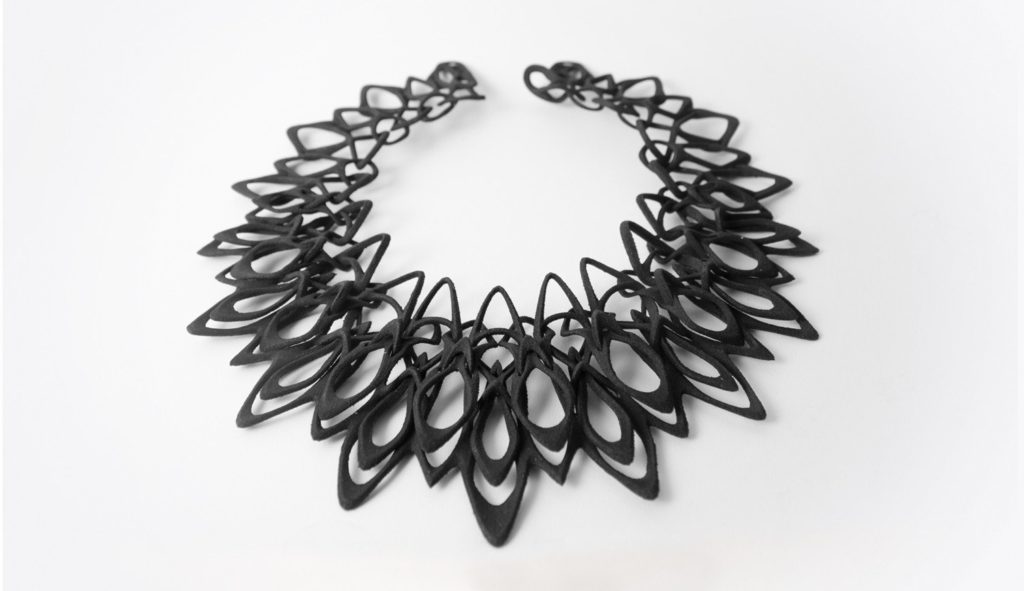
LACE by Jenny Wu Stria Black Necklace. Photo Credit: Hans Koesters.
As 3D printing technology comes of age, we will see an increase in high-end products using this process. With 3D printing, every component in every piece can be crafted and personalized. While Jenny works with materials ranging from nylon and steel to precious metals and diamond to make custom pieces, the process will continue to develop and embrace new materials and even higher levels of customization.
2. Aesthetic Medicine Goes Mainstream
minivasives are the new norm
There was a time when cosmetic surgery was taboo, but times are changing. Once only available to the affluent, aesthetic medicine has become much more accessible over the years. This is due in part to the rise of minimally invasive procedures (minvasives) like injectables. And also due to the changing perceptions around beauty in our culture.
Minvasives are now included in the larger conversation about wellness, with beauty as a component of self-care and personal expression.
transparency and peer reviews for aesthetic procedures
Dr. Lara Devgan is the Chief Medical Officer for the online aesthetics community RealSelf. In conversation with Harper’s Bazaar Senior Beauty Editor, Jenna Rosenstein, Dr. Devgan discussed these changing cultural perceptions and the new products and procedures transforming the industry.

In many ways, millennials are driving change in the industry. “Millennials are up for anything, and if it works, they will be loyal,” says Dr. Devgan. In addition, younger generations are leading the change for transparency around their medical procedures.
RealSelf, a platform for real people to share their experiences about cosmetic procedures, provides access to information in a way that was never available before. Procedures like a non-surgical nose job and preventative Botox are gaining popularity because of quick recovery, natural-looking outcomes and ease of access.
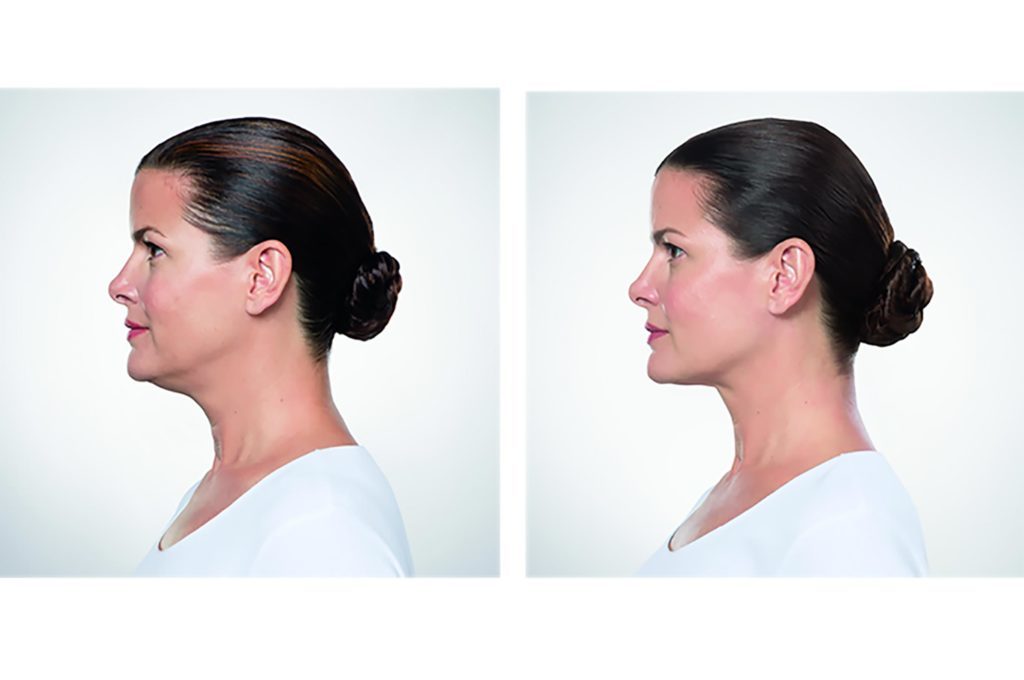
Photo Courtesy RealSelf
3. Meet Your Personal Robot Assistant
The Future Today Institute released its annual tech trends report at SXSW this year. And it has some advice for luxury retailers.
digital assistants proliferate
The top trend likely to impact in-store and online experience with high-end retailers is the increasing ubiquity of digital assistants. “Digital Assistants (DAs)—like Siri, Alexa, and their Chinese counterpart Tiān Māo — use semantic and natural language processing. Along with our data, they can anticipate what we want or need to do next. Sometimes before we even know to ask.”
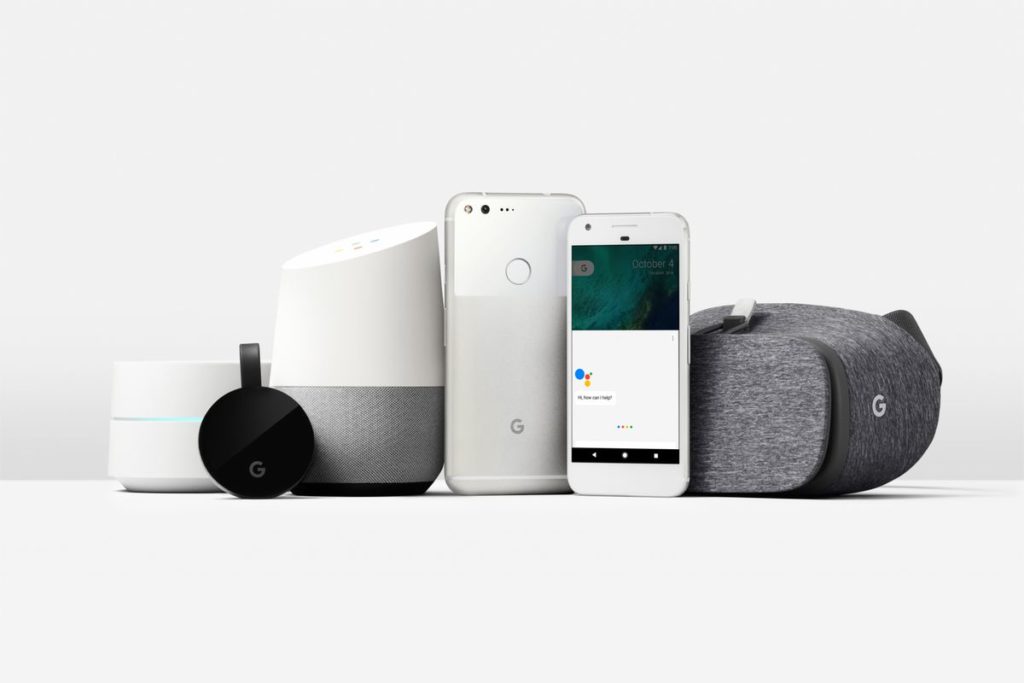
The Google family of digital assistants
For luxury retail this can mean knowing every detail of your preferences before you arrive in the store. It might mean offering bespoke luxury experiences though brand partnerships that are tailored to your interests.
ambient design reduces the need for decision-making
These digital assistants will work in tandem with the second tech trend Future Today posits will impact luxury retail: the ambient interface.
If you haven’t heard of an ambient interface, you are not alone. The goal of this kind of digital interaction is to be invisible and intuitive. Think of your smart thermostat, your Alexa and your banking app working together, behind the scenes to make sure you are comfortable, well-supplied and responding to the financial markets with or without your active input. “What makes ambient design so tantalizing is that it should require us to make fewer and fewer decisions in the near-future,” the report describes. “Think of it as a sort of autocomplete for intention.”
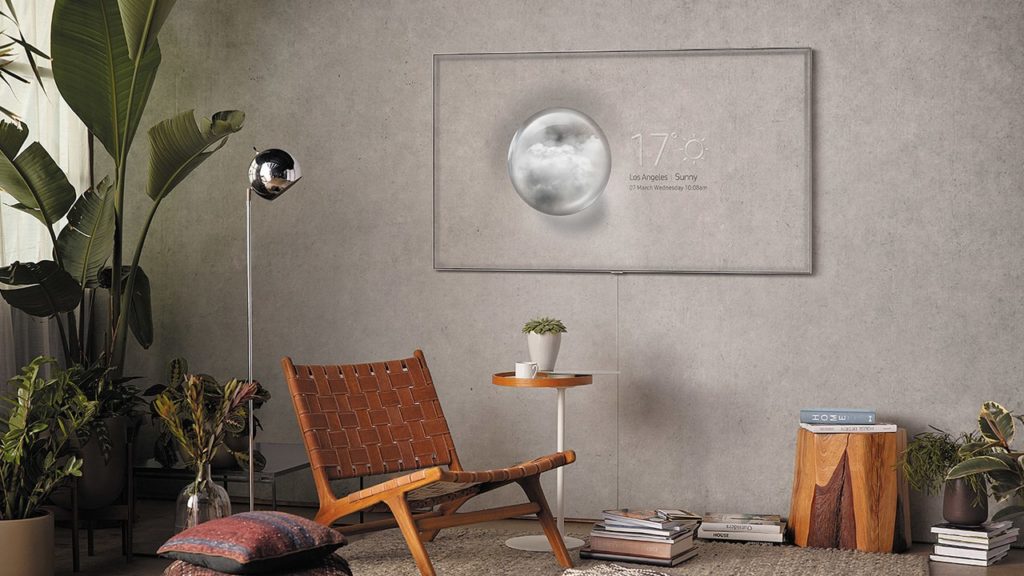
A Samsung QLED TV in Ambient mode with the weather displayed
Luxury, technology and the human element
Luxury demands a sharp focus on bespoke customization, focused curation and a keen eye on craft. As a complement and enabler, technology offers immense opportunity.
The risk for both luxury companies and luxury consumers is the loss of the human element. Much of what we seek is the taste and style only a remarkable person can provide. The task of technology is to find ways to make it easier for us to find and engage with the brands, products and services that resonate.
Watch this space for further updates. In the meantime, what impact do you think these three ideas might have on your consumption of luxury products and services?
see luxury in a new light
Come and join our community! For a weekly round-up of insider ideas and information on the world of luxury, sign up for our Dandelion Chandelier Sunday Read here. And see luxury in a new light.
ready to power up?
For a weekly dose of career insights and advice, sign up for our new newsletter, Power Up, here.
 Lillian Pontius-Goldblatt is a senior strategist at Carbone Smolan Agency, where she leads brand projects for corporate and cultural clients, as well as the agency’s trend reporting practice. Her brand work aims to unite how organizations operate with how they exist in and respond to the real world. Cutting her teeth in nonprofit and startup organizations, Lillian grounds her work in mission and builds practical solutions for brand and communication challenges. Visit her online at: lillianpontiusgoldblatt.com
Lillian Pontius-Goldblatt is a senior strategist at Carbone Smolan Agency, where she leads brand projects for corporate and cultural clients, as well as the agency’s trend reporting practice. Her brand work aims to unite how organizations operate with how they exist in and respond to the real world. Cutting her teeth in nonprofit and startup organizations, Lillian grounds her work in mission and builds practical solutions for brand and communication challenges. Visit her online at: lillianpontiusgoldblatt.com









